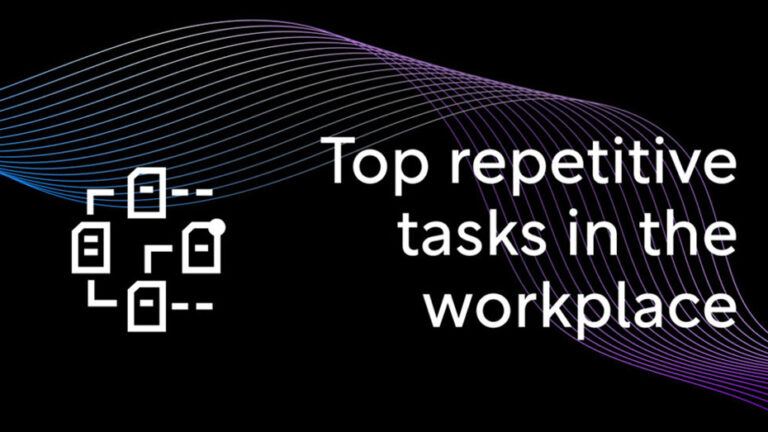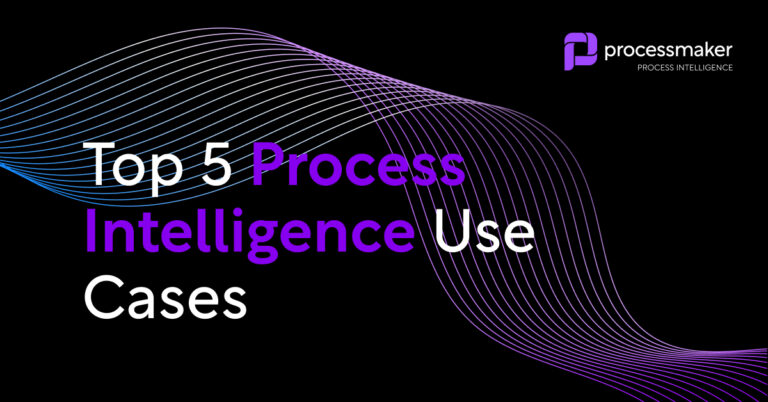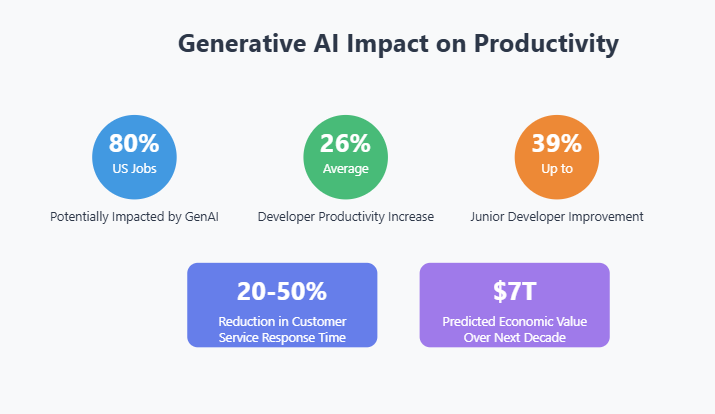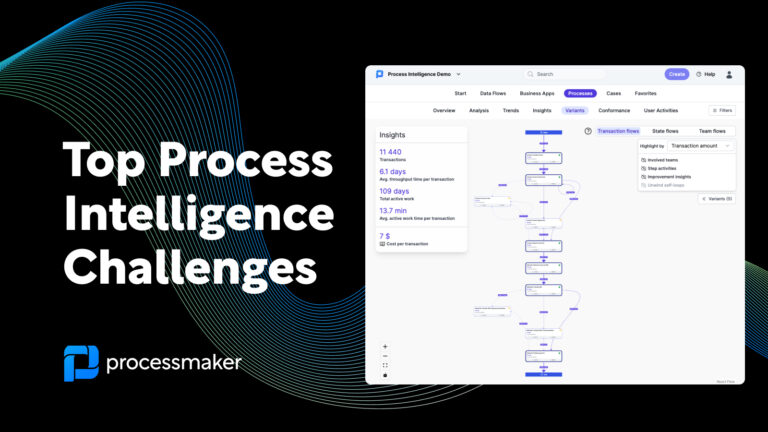In the modern digital workspace, it’s undeniable that we frequently find ourselves overwhelmed with monotonous, manual duties. Ever pondered on the amount of time wasted on repetitive tasks? The reality could be astoundingly high.
At ProcessMaker, we collaborate with globally-operating, knowledge-intensive enterprises including accounting firms, insurance firms, and banking institutions. We’ve recently conducted research on repetitive tasks in workplaces and have discovered some key insights.
How much time is spent on repetitive tasks in the workplace?
Today the typical office worker spends 10% of their time on manual data entry into business applications, such as the ERP system, CRM, or spreadsheets. In total, they spend over 50% of their work time creating or updating documents, eg. PDFs, spreadsheets, or Word documents.
How many copy-pastes do you do at work?
The average employee working in an enterprise business does over 1000 copy-paste each week, or over 52,000 copy-paste activities each year. Across a typical business operations team of 20 people that accounts for over 21,000 copy-pastes each week and over a million copy-paste activities in a year.
How much time is spent on different business applications?
- A typical office worker spends 3 hours working on spreadsheets weekly, for example in Microsoft Excel or Google Sheets.
- A typical office worker spends almost 2 1/2 hours in business communications or email applications, such as Outlook.
- A typical office worker spends over 1 1/2 hours each week searching and organizing files, for example in the shared file service such as Sharepoint or Google Drive.
- A typical office worker spends 1 1/2 hours each week copy-pasting or manually entering data into business applications, such as the ERP or CRM.
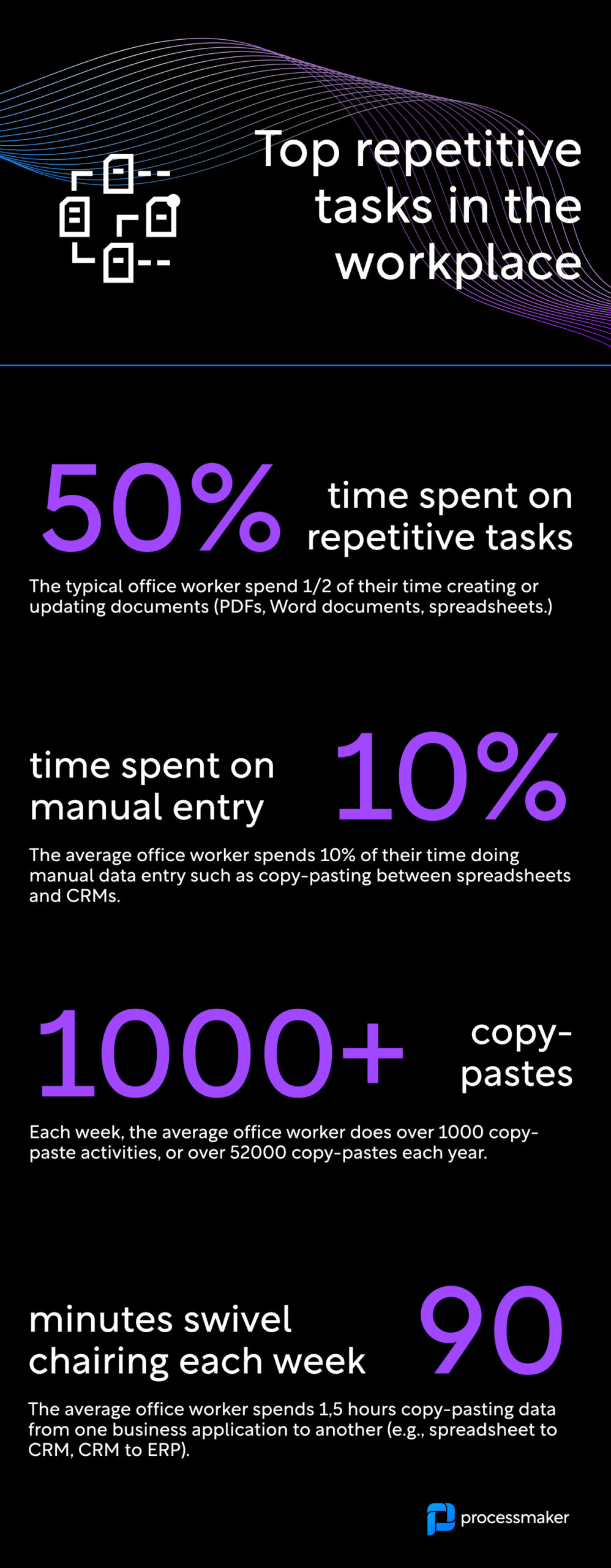
Repetitive work research and statistics 2024
Methodology: Our research was conducted over a 30-day time period in 2022 and refreshed in 2023 with over 4 million data points from opt-in enterprise business clients with an average of 20 employees. The research was conducted in the European Union leveraging Process Intelligence (PI) technology ensuring that no personally identifiable information was collected from the study group.
How does ProcessMaker PI help you measure, analyze, and remove wasted work?
At work, we all partake in a variety of tasks. While some are efficient and productive, others can be repetitive and manual. It’s an undeniable fact that no one maintains 100% productivity at all times and most teams find harmony in a mix of these activities.
ProcessMaker PI is advanced process intelligence software that is used by enterprise businesses to analyze and improve workflows, streamline processes, and automate tasks. On a high level, ProcessMaker’s process intelligence technology can help you analyze and identify different types of work happening within your team, such as:
- Quick processing – repetitive, routine, and fast work, e.g., approving invoices.
- Focused work – deep work within a business app, e.g., creating a monthly report in Excel or Power BI.
- Multi-step workflows – workflows that cause you to jump off business applications to fetch or copy data or information before proceeding with your desired process. For example, switching between your CRM and finance solutions to create and review purchase orders and invoices.
Typically enterprise business customers uncover ~20% savings within 30 days of plug-and-play installation of ProcessMaker PI. No deployment or integration is needed. Get started with process intelligence today.
